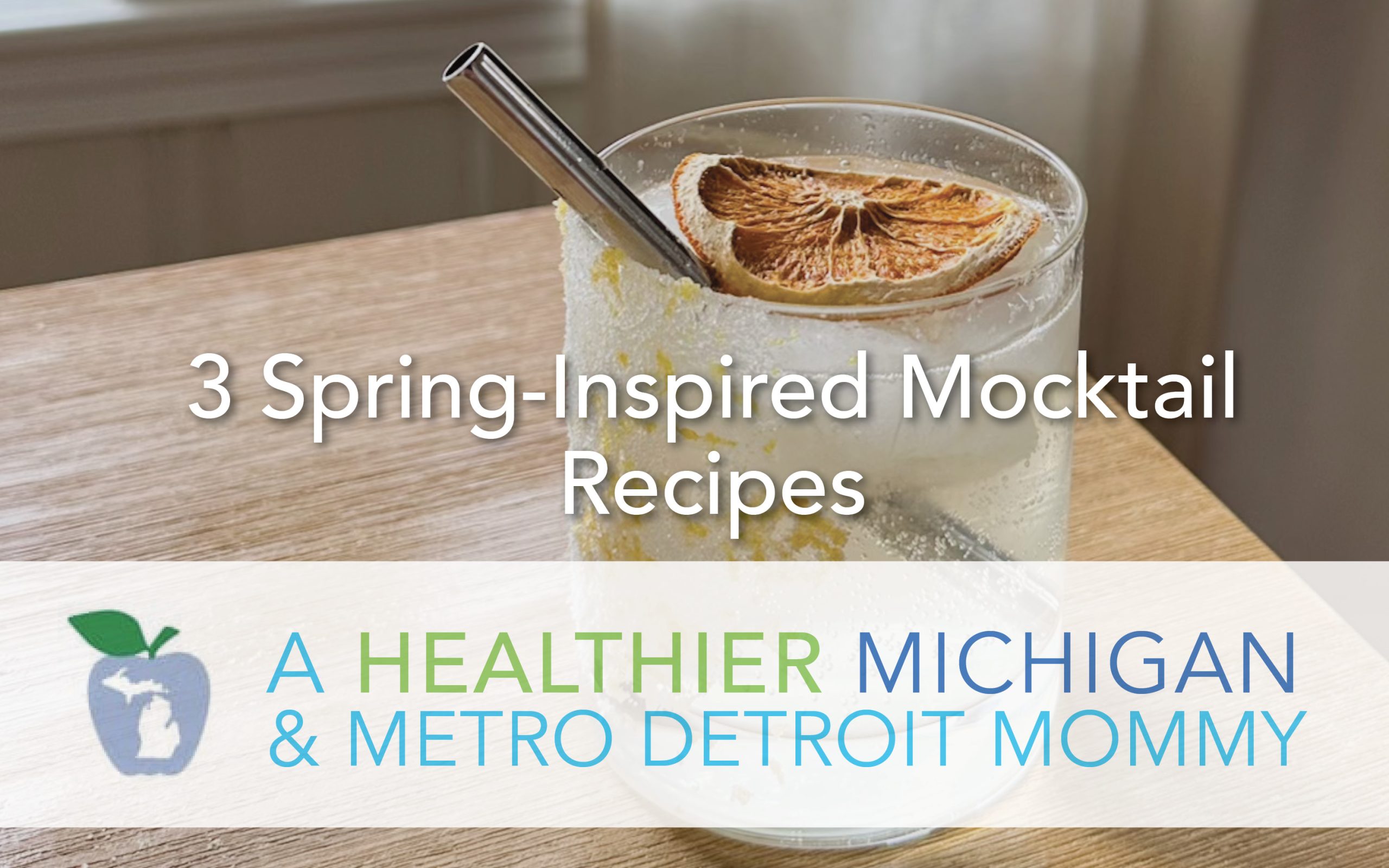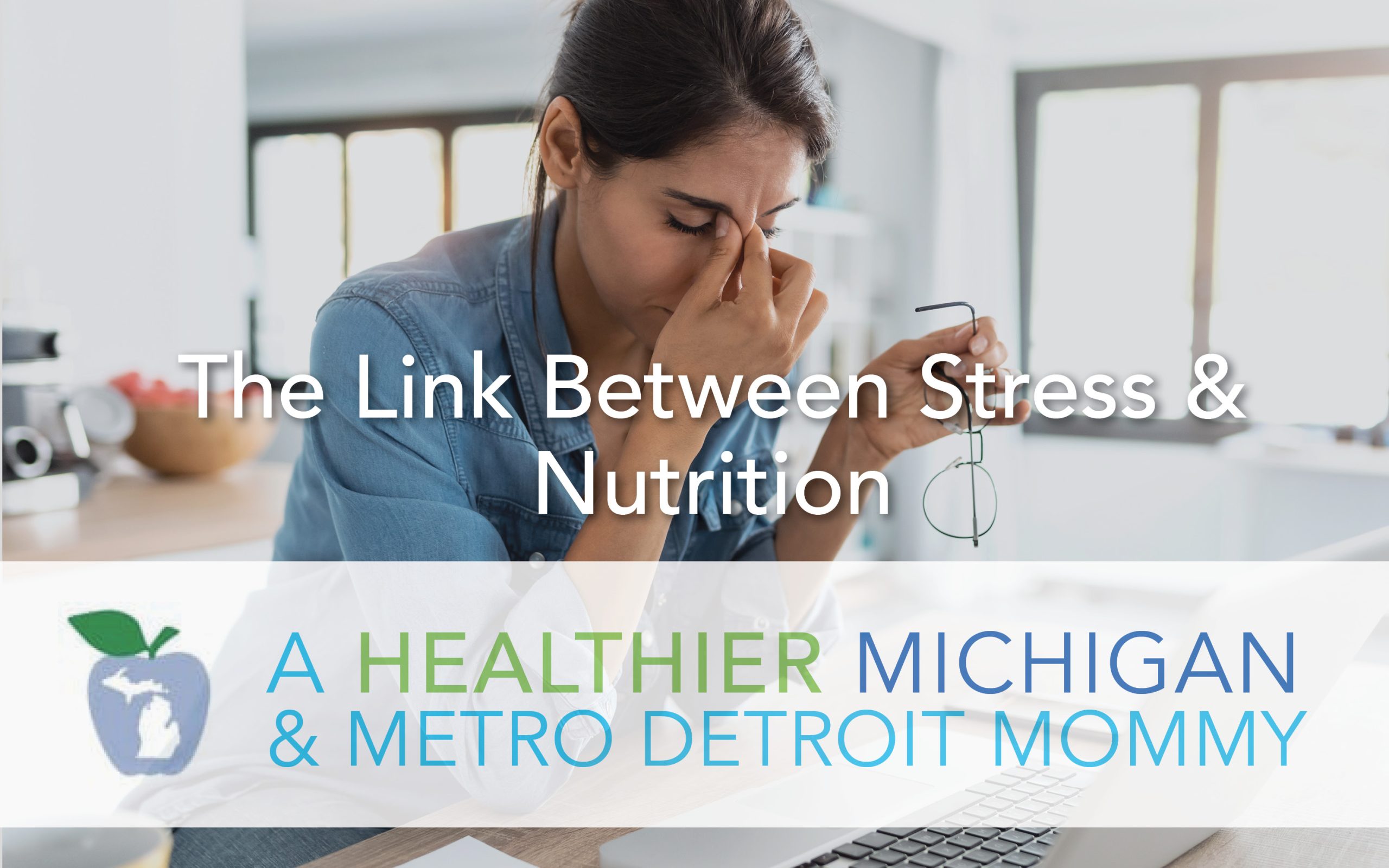What are heel spurs?
Heel spurs are the tiny protrusions of your heel bone. They are usually formed when you suffer from a condition called plantar fasciitis, which occurs when the tissues of your foot arch are inflamed or overstretched. If your feet are inflamed, they can’t support your body weight effectively. In response, your body creates extra calcium deposits in your heels to provide additional support to your worn out tissues. These deposits are your heel spurs and they are responsible for the knife-like pain you feel every time you walk.
What are the causes of heel spurs?
Heel spurs are often associated with plantar fasciitis, which may result from the following:
- Improper walking gait
- Frequent running or jogging on extremely hard surfaces
- Wearing ill-fitting shoes
- Feet are overloaded with excessive body weight
Are you at risk?
While heel spurs are known develop due to repetitive stress and tension in your feet, the following people are more likely to develop this condition:
- Moms. Moms often have to deal with a lot of housework including carrying their child, pushing heavy furniture or carrying heavy objects.
- Obese people and pregnant women. Their extra body weight puts more stress on their feet.
- People who engage in active sports, especially those that involve running.
Signs and symptoms of heel spurs
If you are experiencing the following signs and symptoms, you might be suffering from heel spurs:
- Intense heel pain when taking your first steps every morning
- Chronic pain while walking, jogging or running
- Knife-like pain in the bottom of your feet
- Inflammation and swelling at the front of your heel
- You can feel a small bony protrusion on your heel
How moms can deal with heel spurs
As a mom, it can be very troublesome when you develop heel spurs. You won’t be able to stand for hours in the kitchen preparing your family’s meal. You won’t be able to go with your family for a morning jog because of the stabbing pain in your heel.
- Using orthotic or heel inserts. Orthotic or heel inserts are simply protective footwear that adds cushioning and support to the arch of your feet. These will help reduce the pain every time you take a step.
- Adding Epsom salt to your bath. Adding Epsom salt to your bath can help you relax and reduce the pressure on your heels.
- Eating foods that are rich in magnesium. Foods such as bananas, avocados, brown rice, and spinach are rich in magnesium. This mineral helps you to utilize the calcium in your body. Since heel spurs are extra calcium deposits, the magnesium will help in detoxifying them.
- Massaging your heels with coconut or olive oil. Warm a little amount of coconut or olive oil, then massage it onto your feet. This helps your worn out feet to heal faster since it lessens the inflammation.
- Wearing well-fitted shoes. Ill-fitted shoes can only add more discomfort to your heels. You can wear well-fitting shoes with shock-absorbent soles.
- Applying an ice pack. Applying an ice pack to your heels will help reduce the inflammation as well as the pain. You can apply the ice pack for about 10-15 minutes.
- Warming up. If you play any sports, be sure to warm up first. Do a bit of stretching and avoid overdoing it.









